Yesterday I had the great privilege of a RHS flight in this single pilot certified jet.
Pic of a CJ4 (not the actual one):
Collins Proline cockpit:
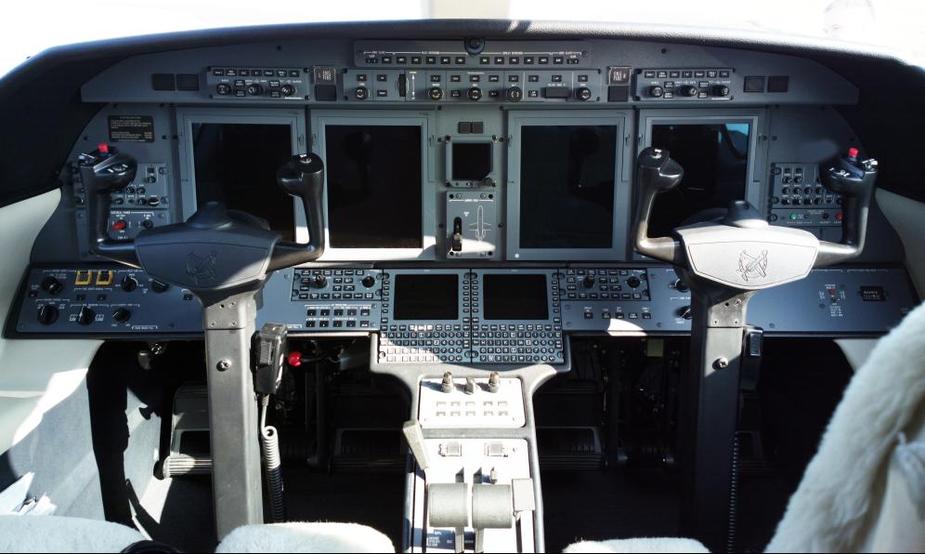

The keypads are priceless but also the interface is very powerful, with rapid waypoint and LNAV/VNAV profile entry

Pressure refuelling – 5000lb of fuel takes 5-10 minutes
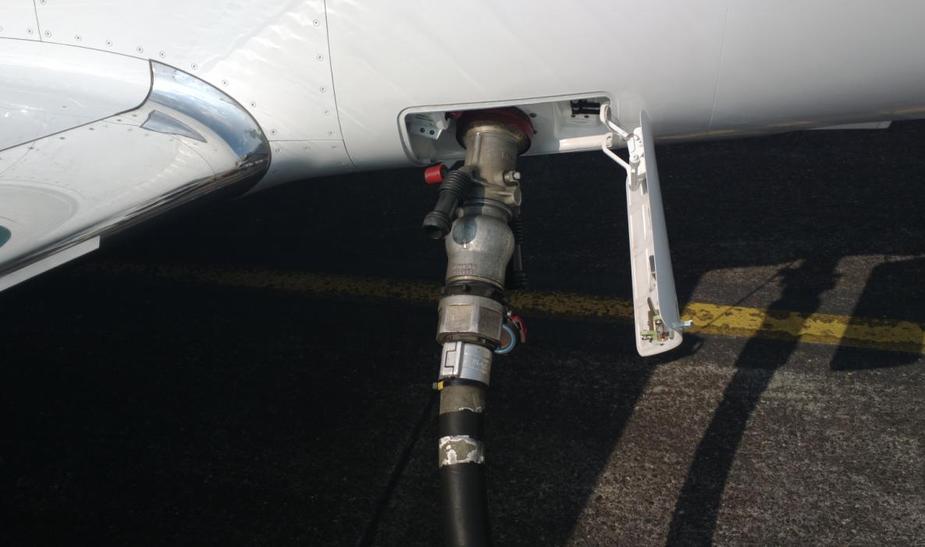
A very nice cabin
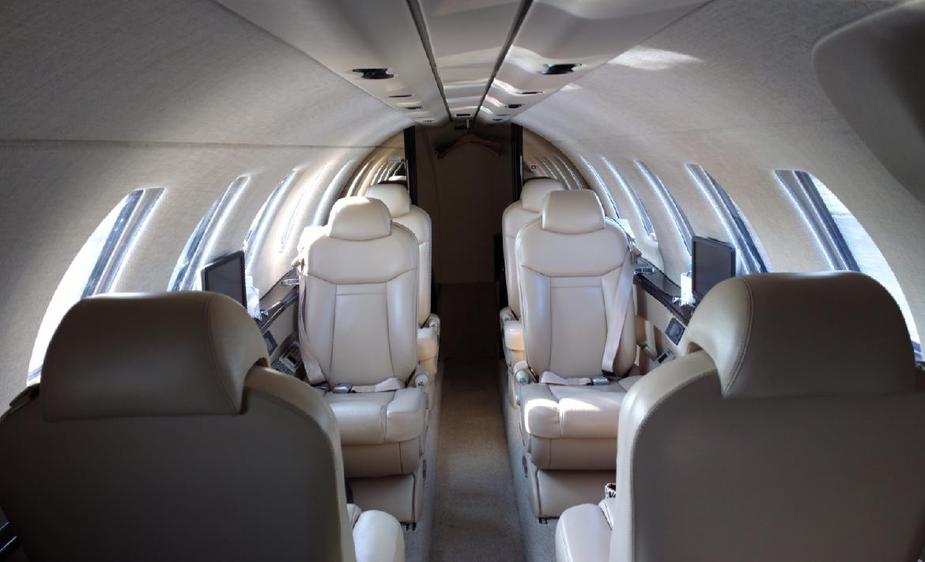
Takee with full fuel, 2 persons, is rapid, with an estimated ground roll of 300m. I have never been in an aircraft which accelerated that fast. Concorde was just a fraction of the CJ4.
In flight
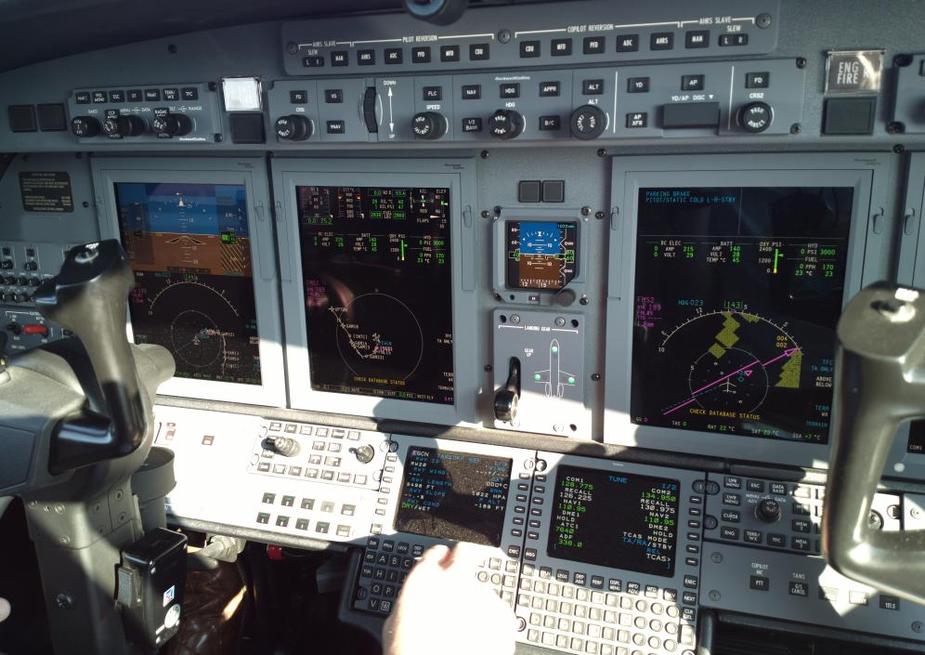
Climbing through FL160 at 272kt IAS (mach 0.55), +2500fpm
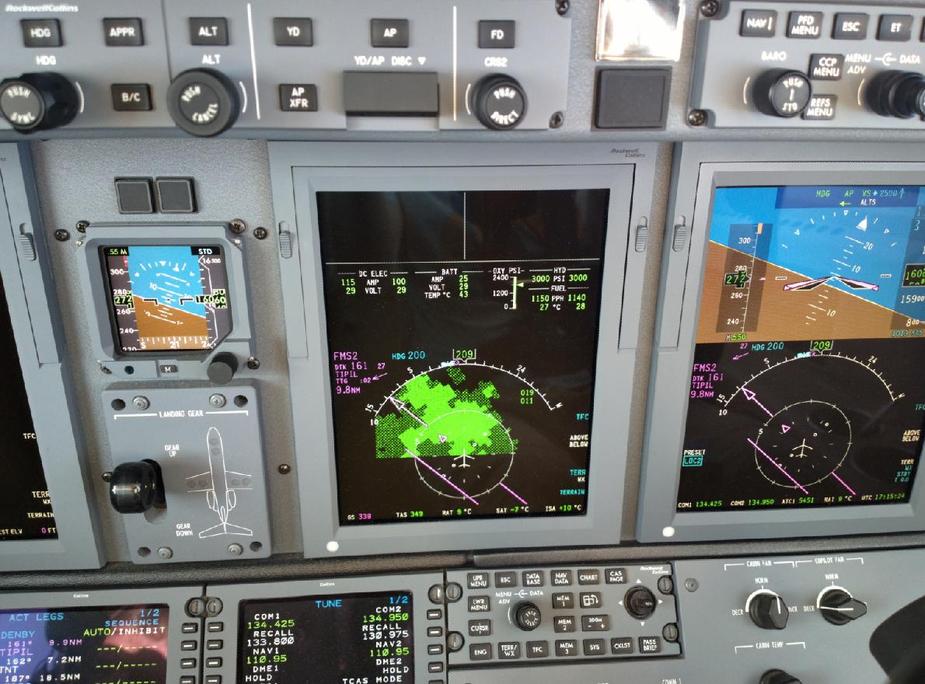
FL190 or so… been there a few times in the TB20 but nowhere near this quickly. The ceiling is FL450. It can climb at +5000fpm.
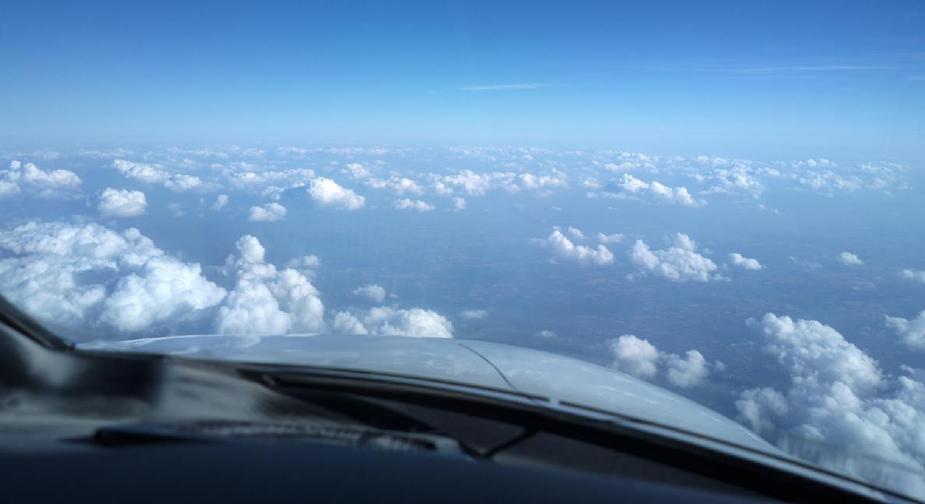
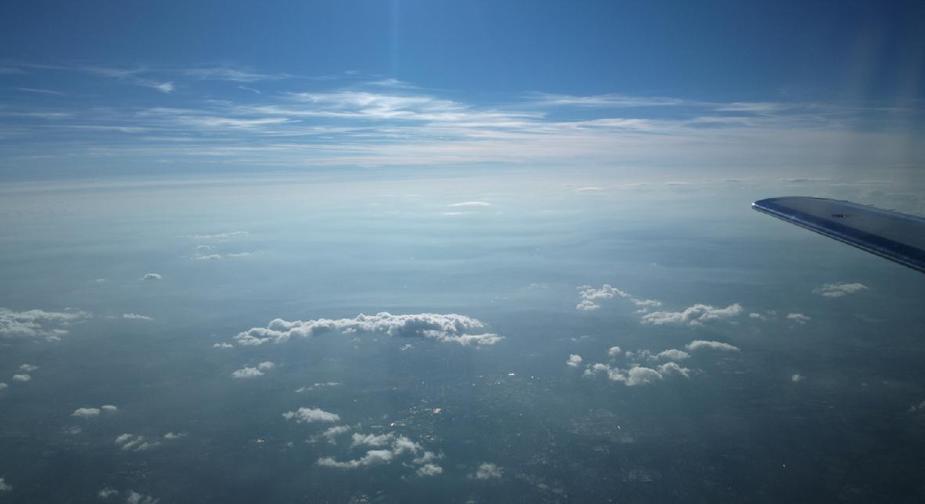
Flying the RNAV 20 approach into Shoreham, via BITLI, with the aircraft showing on the Jepp terminal chart
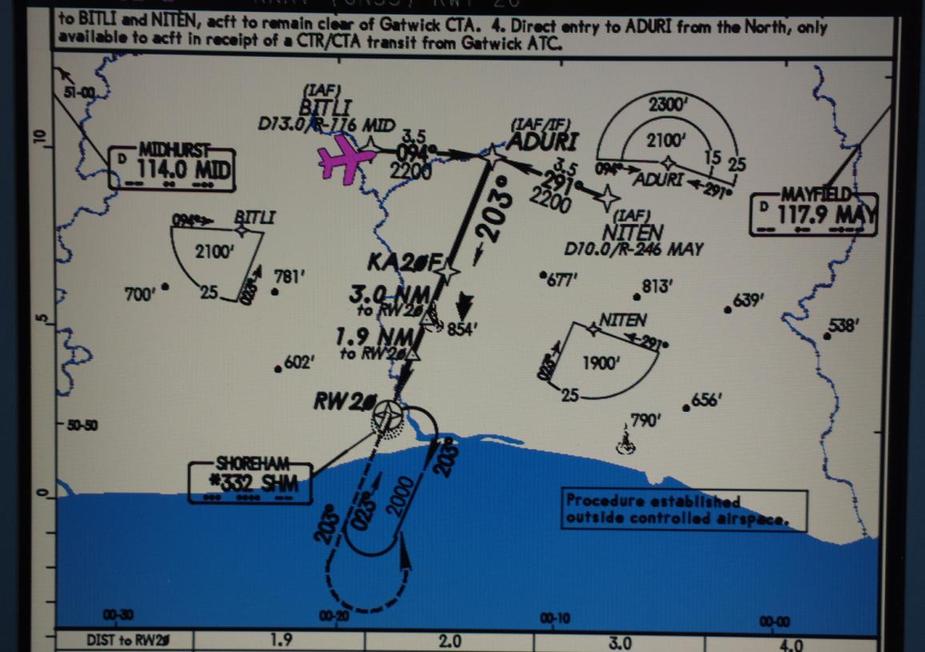
with autopilot coupling in both LNAV and VNAV.
Level at 2200ft with 66% power
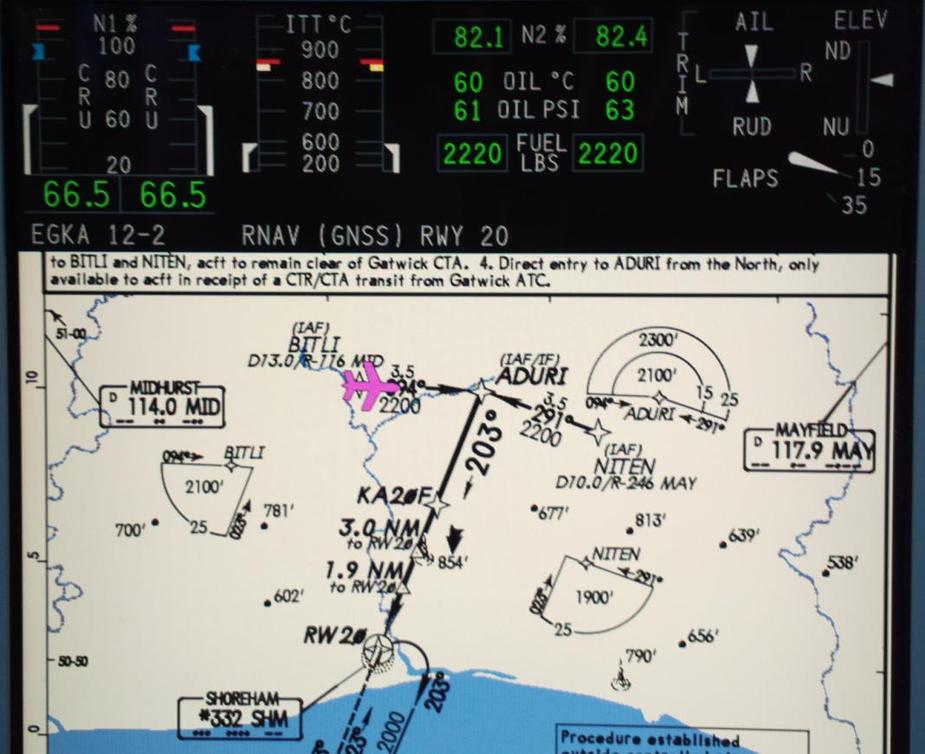
Stopping distance is about 500m. It has very good brakes and massive spoilers. It’s almost like jumping on the brakes in a car.
Passengers get a nice access, but getting into the cockpit seats takes some kind of special technique…
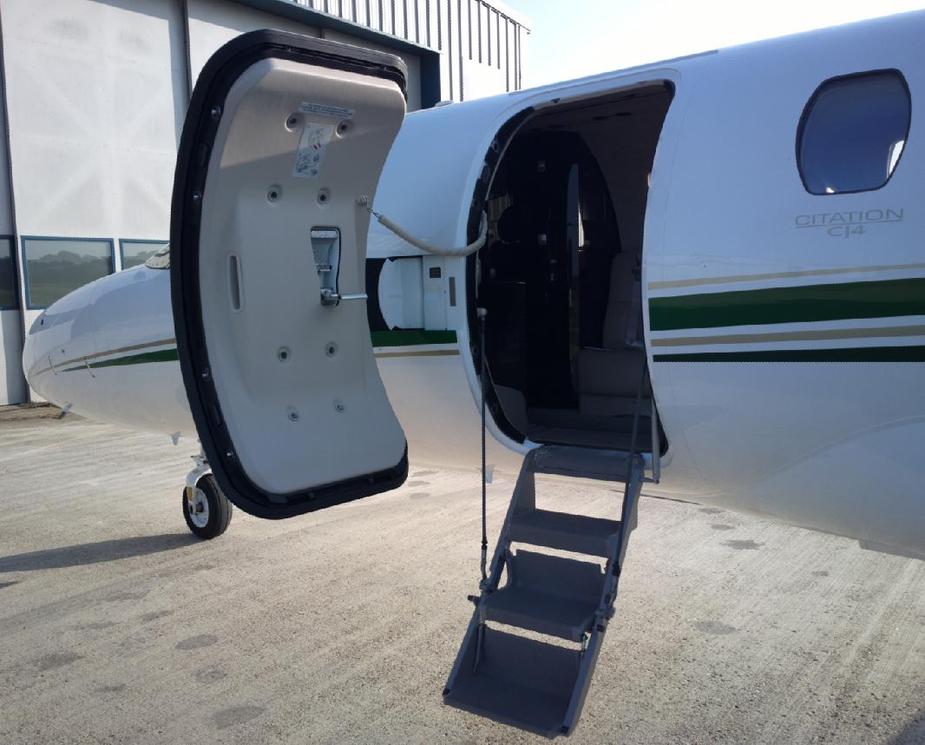
Engine, front and back
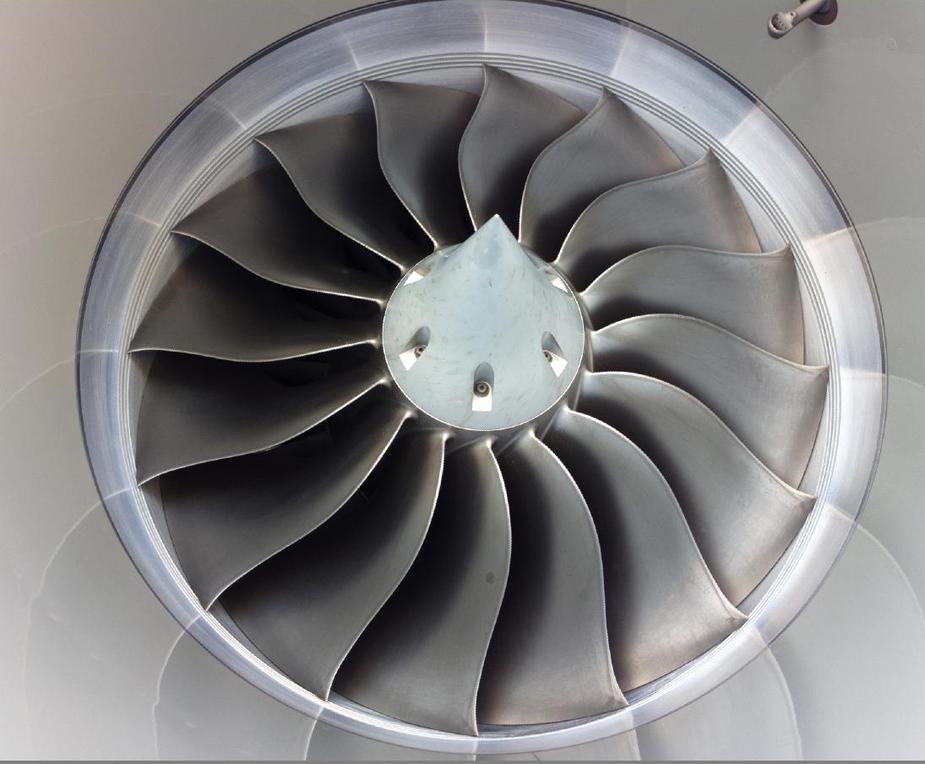
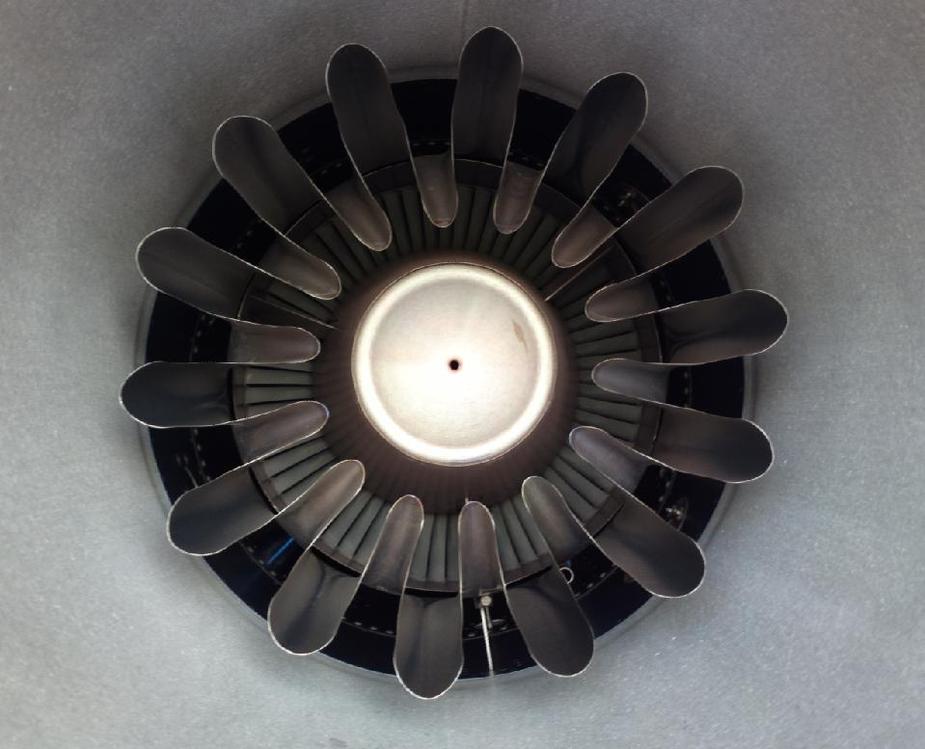
The amount of power which these small engines produce is amazing, for a weight probably similar to an IO540.
Hand flying the aircraft took a minute or two to get the hang of but was otherwise fine, including using the flight director. There is no auto throttle.
Noting the tail number, it seems you CZ guys have all the fun. Neat 
I go places by biz jet occasionally but it’s dual crew and there’s little chance of the right seat being vacated for me. I’d be happy to clamber forward between the seats if it was!
P.S. Oops, missed your note initially that the plane pictured was not the actual one! Still a good tail number for you.
I had a pilot demonstration of a CJ4, it’s easy to fly. All these small Citation jets are easier to fly handling wise than piston twins, it’s energy management that can take a bit of getting used to, and also the system knowledge; that is not so difficult until something goes wrong. Mind you it can go wrong quite quickly!
Our CJ2+ climbs at similar rates to a CJ4, and is actually slightly quicker to FL450. At light weights I have seen 7000 fpm. In excess of 3000 fpm is routine. Unfortunately you have to use that performance with some care as it can have TCAS warnings going off everywhere, so we slow the rate to 1500 fpm when we are close to our cleared level..
At light weights I have seen 7000 fpm. In excess of 3000 fpm is routine.
Can’t remember seeing anything even close to 7000 in our CJ1+, are you referring to initial climb performance off the deck? If I tried that at altitude in ours I’d fall out of the sky!
Great series of aircraft tho, the CJ3 is probably my favorite combination of size, range and speed but the CJ4 has some desirable upgrades to a great airframe.
Oh yes Krister, only the initial bit of the climb of course, and with light weights. We flew a 20 minute test the other day and took off with something like1200 lbs of fuel on, and definitely no passengers. I think the CJ1+ and 2+ are not dramatically different, up in the 30s we are down to perhaps 1500 fpm.
To me the CJ4 feature I like best is the variable speed brakes, and I felt despite the slightly swept wing it was easier to control the speed accurately on the approach than the smaller CJ’s. We have a dual FMS setup, but only 3 screens rather than the 4 in the CJ4
Got a question
When looking at the first photo it is clear that the engines thrust line is at angle to the line running from the nose to the tail. When flying the aircraft will also have an A.O.A which will increase thrust angle.
So the question is why the thrust line is angled to the centre line?
Thanks
Ben
So the question is why the thrust line is angled to the centre line?
As far as I know this has to do with stall recovery. If you try to recover from a stall the plane is supposed not to pitch up when you push the thrust levers forward. In the last years the training also changed to insist more on pitch for recovery. I one did a stall with a senior 747 captain in a Beech and it was very scary. He recovered with the engine not loosing a foot of altitude which did not feel very comfortable for me.
Thanks Sebastian.
I can see the logic in your answer but I would expect the noise to drop during the stall but maybe it is not enough.
Thanks again
Ben
Looking at these pictures again, I wonder – again – why the FMS input keyboards aren’t QERTY? Just today I had to sign some courier’s device for a parcel and it was this ABCD etc layout. Took me forever to input my name.
Looking at these pictures again, I wonder – again – why the FMS input keyboards aren’t QERTY?
This is one question that I ask myself every time I go flying  I think I am quicker dialling in the waypoints with the turnknobs of a Garmin 430 than to enter them with that stupid A-to-Z keypad. Luckily the FMS has a big memory for routes so I don’t have to do it for every flight (we have quite a few frequent destinations). It also helps to enter the return flight plan during a boring cruise segment of the previous flight.
I think I am quicker dialling in the waypoints with the turnknobs of a Garmin 430 than to enter them with that stupid A-to-Z keypad. Luckily the FMS has a big memory for routes so I don’t have to do it for every flight (we have quite a few frequent destinations). It also helps to enter the return flight plan during a boring cruise segment of the previous flight.